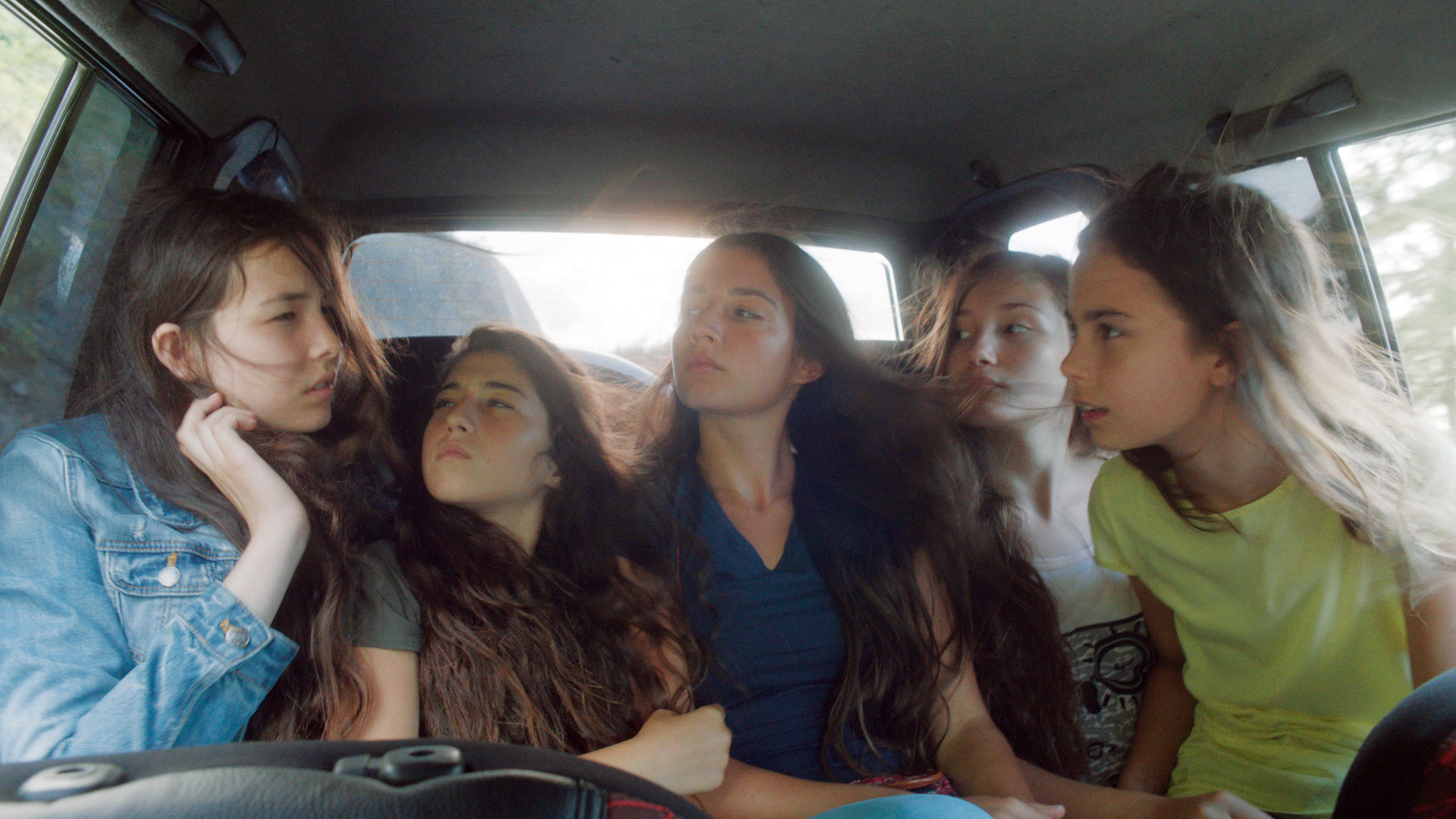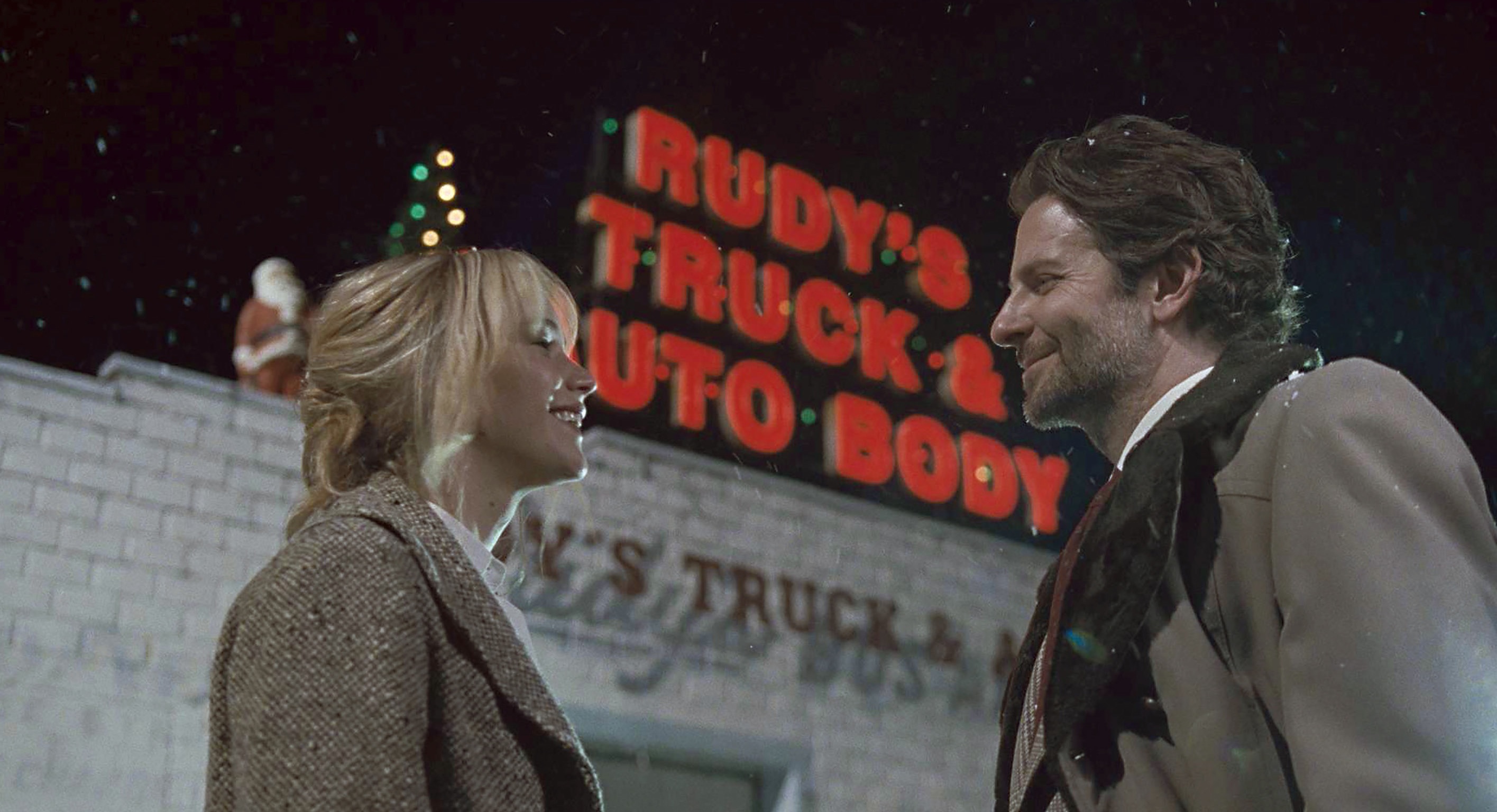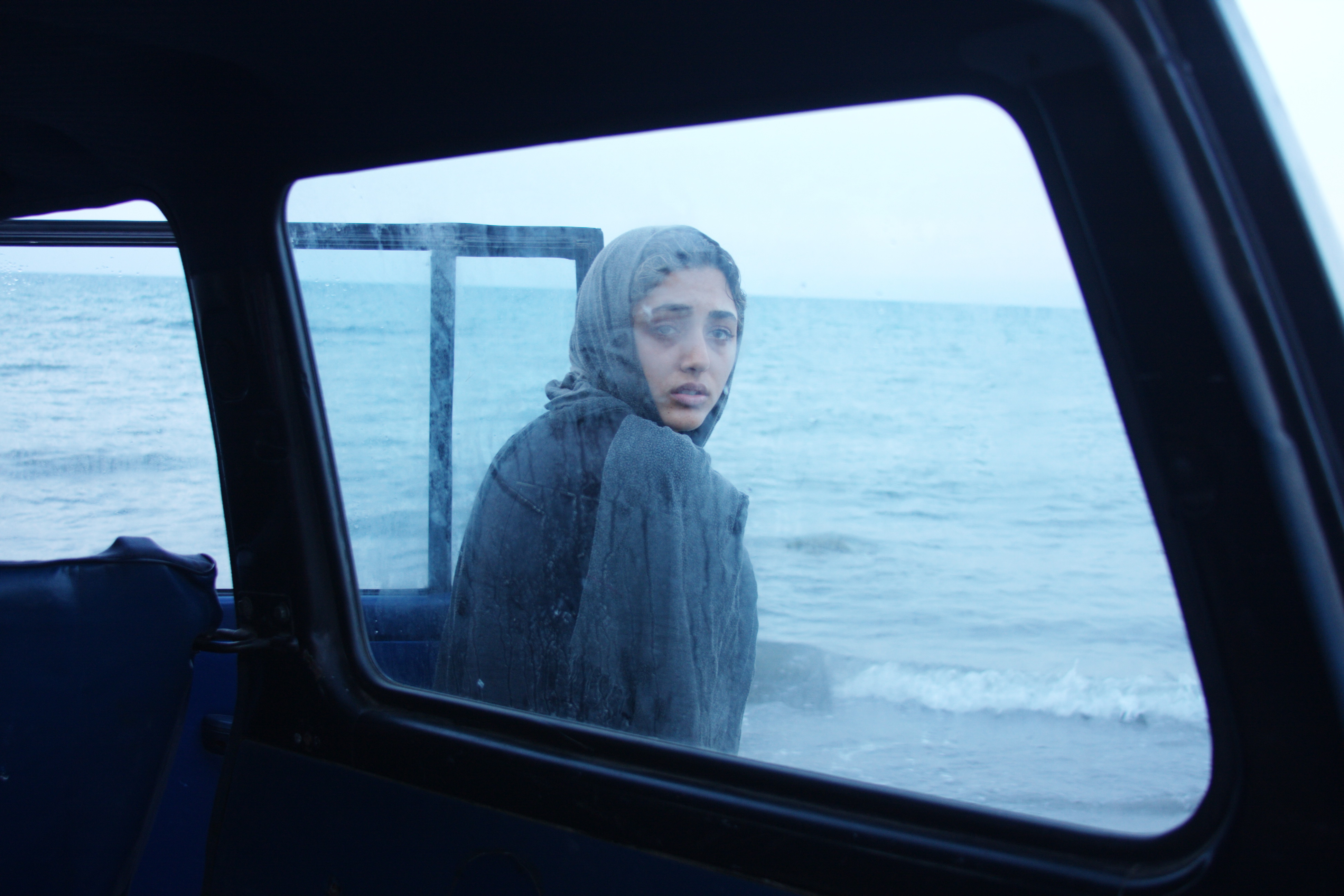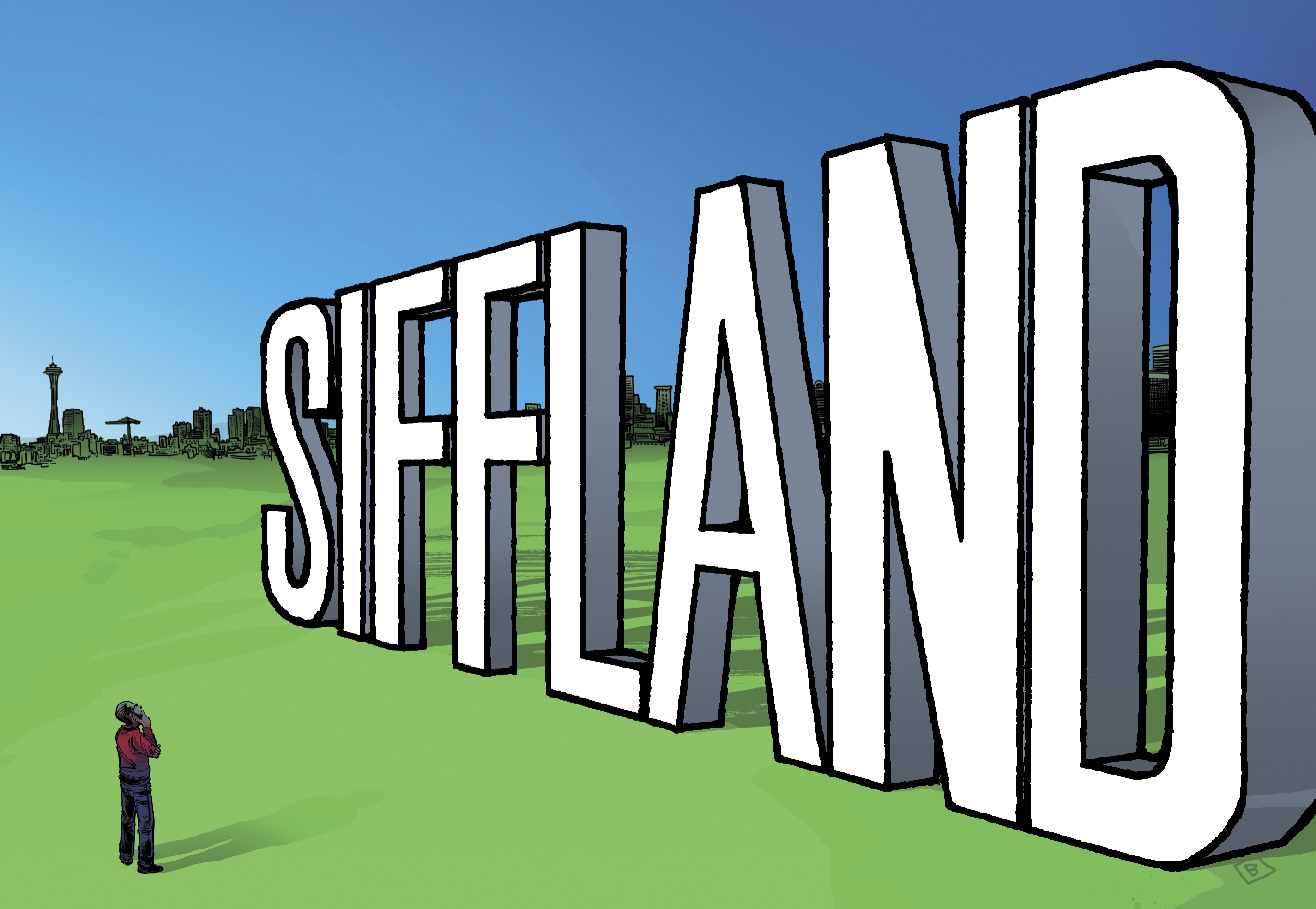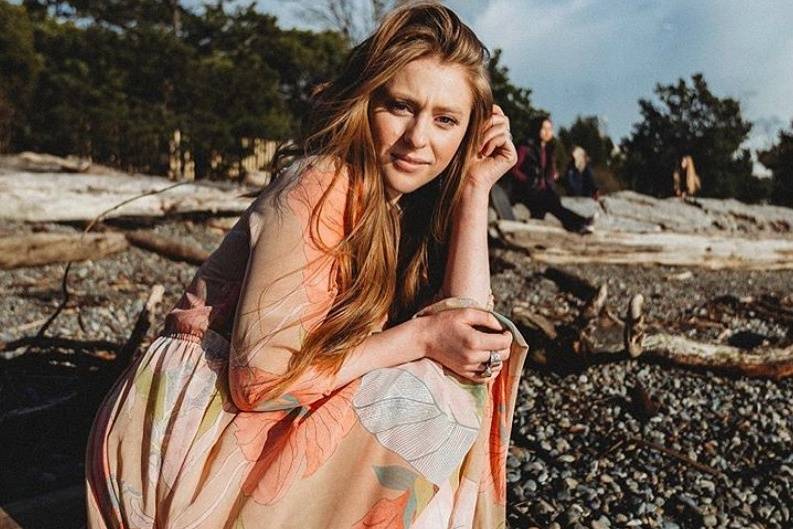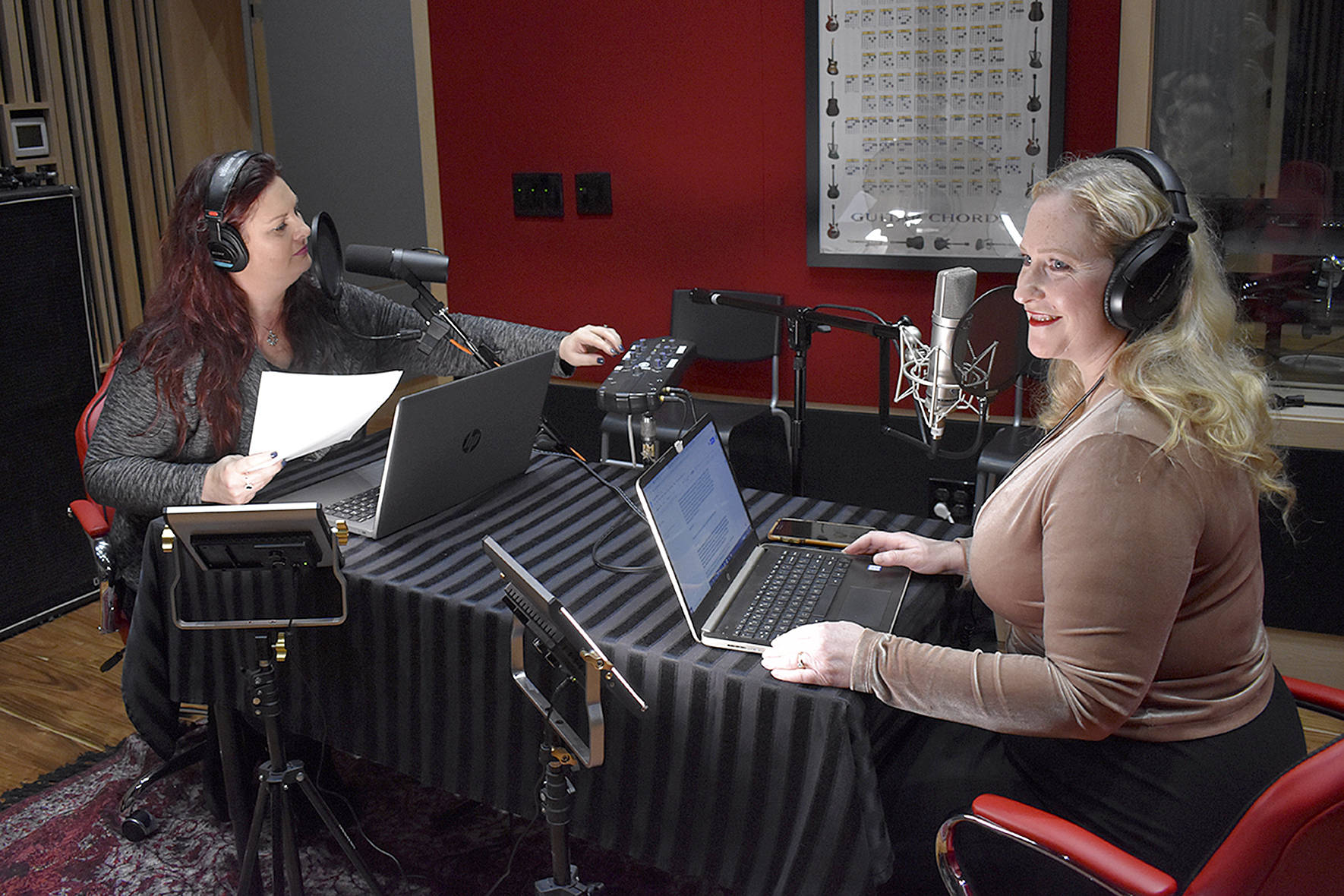Phoenix or Dubai, we can understand. Anyplace hot and inhospitable treasures its water supply. Fountains and watered gardens have been a symbol of luxury and culture since Babylon and beyond. Then, with the Industrial Revolution, every modern city began pumping water up and over its monuments: Rome and London are filled with damp war heroes and Renaissance seraphim, pennies clogging their drains.
Here in Seattle, the habit came late. Our mercantile founders built sawmills, not frivolous displays of public art. And yet the fountain fetish eventually took hold, especially during our booming postwar years. Anyone remember the Nellie Cornish Memorial Fountains, at the west end of the Evergreen Point Floating Bridge? Opening with the bridge in 1963, they were turned off a decade later, then ran fitfully from ’89 to ’96.
Even so, a surprising number and variety of water fountains can be found in Seattle. You just have to know where to look. So follow, dear reader, our Tour de Fountains:
First and best is Seattle Center’s International Fountain, originally designed by Hideki Shimizu and Kazuyuki Matsushita for our 1962 World’s Fair—recall those porcupine-quill pipes!—then completely redone in 1992 by local architect Kenichi Nakano. The rainbow-creating mists and blasting apparatus are far superior now, and the whole bowl was re-contoured for kids to more safely frolic in. And whether you have kids or not, it’s one of the most amusing places to sit in summer and watch the sodden, shrieking throng.
Before you leave the Center, stop at the quieter, secluded original DuPen Fountain (aka the Fountain of Creation), also original to the fair (sculptor Everett DuPen designed it with fair architect Paul Thiry). Here’s a shady alcove where smaller kids can wade among the organic bronze forms, situated on climbable islands, while parents dangle their legs in the shallow pool.
West on the waterfront are the two jet-encircled figures of Louise Bourgeois’ Father and Son, installed by SAM at the Olympic Sculpture Park in 2002 and voted the city’s ugliest statue in an informal SW poll two summers back. It’s a little pederast-y for our tastes, but it’s an easy rendezvous point before walking through the OSP proper. (“Meet me at the naked dude reaching for the naked boy . . . uh, just call me instead.”)
Up on Capitol Hill are examples of fountain-think new and old. Below the new (2005) lid of Cal Anderson Park lies the old Lincoln Reservoir, which used to contain a single geyser. Today, a volcano-like peak gurgles gently into a sluiceway and wider basin—very suitable for wading, though barely ankle-deep—designed by San Francisco artist Doug Hollis. Its nicely rounded shoulders are a perfect perch for reading or people-watching. Walk east, and the Olmsted brothers’ Volunteer Park contains a meager water spout in the reservoir dismally bounded by a chain-link fence. The new trumps the old: Modern fountain design is always interactive, and allows us to get our feet or hands wet.
Also designed by the Olmsteds (for the 1909 Alaska-Yukon-Pacific Exposition), today’s Drumheller Fountain on the UW campus was originally called Geyser Basin, and some still call it Frosh Pond. The jets were added in ’61, a gift of the late Joseph Drumheller, a Spokane businessman and UW regent. Whether the jets are throbbing or not (vandalism and maintenance have been problematic), it enjoys one of the best vistas in the city, with Mount Rainier rising to the south.
Even though architects often employ the prosaic term “water feature” (because mere fountains are old-fashioned), progressive designers like our own Kathryn Gustafson are turning water on its side, if you will, and underfoot. McCaw Hall‘s courtyard promenade coats the pavement with a thin, elegant sheen. Sadly, however, it rarely runs—partly out of slip-and-fall concerns. Gustafson also designed the indoor/outdoor creek descending down through the new City Hall. It was supposed to run aboveground through a park on the west side of Fourth Avenue, though the recession has delayed such plans.
It’s fortunate that they saved George Tsutakawa’s Fountain of Wisdom from the old downtown library. Now sited on Fourth below the new Rem Koolhaas edifice, it’s a cheeky rebuttal to the modernist icon, an organic sprout based on the Japanese obo—a cairn of rounded stones left by travelers—that also recalls the postwar visual vocabulary of Brancusi, Jim Flora, and The Jetsons.
In Pioneer Square, at Second Avenue South and South Main Street, the Masao Kinoshita–designed Waterfall Garden Park (it’s locked at night) is a 1977 bequest of the Annie E. Casey Foundation—she the widow of a UPS co-founder. The cloistered 22-foot cascade is an artificial/natural hybrid, a Zen compound behind bars. If Pioneer Square ever gains new office workers and residents —in the promised North Lot development, perhaps—more Seattleites might make use of this overlooked garden.

